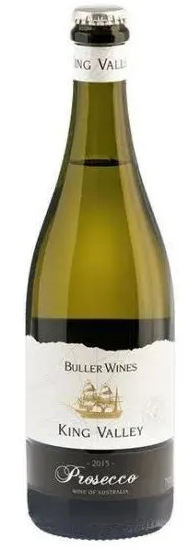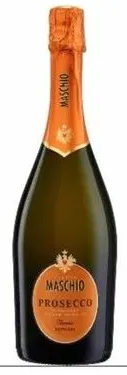Prosecco: Italy vs Australia. The Singapore’s round
Prosecco is celebrating another trademark victory against the Australian Grape and Wine Inc.
While some time ago we reported the successful case against “Nosecco” in United Kingdom, this time the sparkle of Preosecco brings us to the battle field of Singapore. [Consorzio Di Tutela Della Denominazione Di Origine Controllata Prosecco v. Australian Grape and Wine Inc.]
In May 2019 the Italian Consorzio Di Tutela Della Denominazione Di Origine Controllata Prosecco (in short Consorzio Prosecco) applied to register “Prosecco” as a geographical indication (GI) in Singapore in respect of wines produced in the specific area of the North East of Italy.
In September 2019 Australian Grape and Wine Inc., (the Opponent), filed an opposition against the registration of the Consorzio’s GI.The grounds of opposition mounted by the Opponent were that the GI “contains the name of a plant variety… and is likely to mislead the consumer as to the true origin of the product” pursuant to section 41(1)(f) of the Geographical Indications Act (GI Act) and the GI “does not fall within the meaning of “geographical indication”.
 |
Having considered all the pleadings and evidence filed, and the submissions made in writing and orally, the Singapore Principal Assistant Registrar (the “PAR”) found that the opposition fails on both grounds. The PAR stated that “Prosecco” is the name of a grape variety, and as such, the Consorzio Application GI contains the name of a plant variety. However, based on the evidence lodged, they are not persuaded that there is a likelihood that the consumer will be misled as to the true origin of the product. In this regard, the PAR is of the view that the words “true origin” refers to “true geographical origin” and not “true plant (or animal) origin” of the product, as the Applicant had suggested. “Prosecco” has been used as the name of a grape variety since at least 1773. It is a grape variety that may have originated from Italy, but it has since left its cradle of origin and is now cultivated in commercial quantities in other countries such as Australia. |
Australian wines made from the “Prosecco” grape variety (“Australian Prosecco”) have been exported to Singapore since 2015. Italy may have passed a decree in 2009 to change the name for the “Prosecco” grape variety to “Glera”, but the fact remains that those other countries, such as Australia, still use the name “Prosecco” for the grape variety.
Notwithstanding, the PAR also observed that no evidence has been lodged to show that consumers have actually been misled, although Australian “Prosecco” have been sold alongside “Prosecco” wines from the Specified Region for a period of at least 4 years in Singapore before the date of application for registration of the Application GI.
 |
Although Section 41(1)(f) uses the phrase “likely to mislead”, and thus evidence of consumers being actually misled is not mandatory, such evidence, if available, would have helped to establish this element of the ground of opposition more readily. Therefore, the opposition Ground 1 failed. Eventually, Ground 2 failed because the PAR found that the Application GI fell within the meaning of “geographical indication” under Section 2 of the GIA. In doing so, the PAR was satisfied that the Application GI has been used in trade to identify goods as originating from the geographical area claimed in the application. Also, the Opponent sought to contend that the Application GI does not have any qualities, reputation or other characteristics that are essentially attributable to the geographical area claimed, the PAR was not satisfied that the Opponent has discharged its burden of proof on this point. |
A key point highlighted in this case is the importance of providing enough evidences to support an opposition action and the importance to craft solid arguments during this type of cases.


